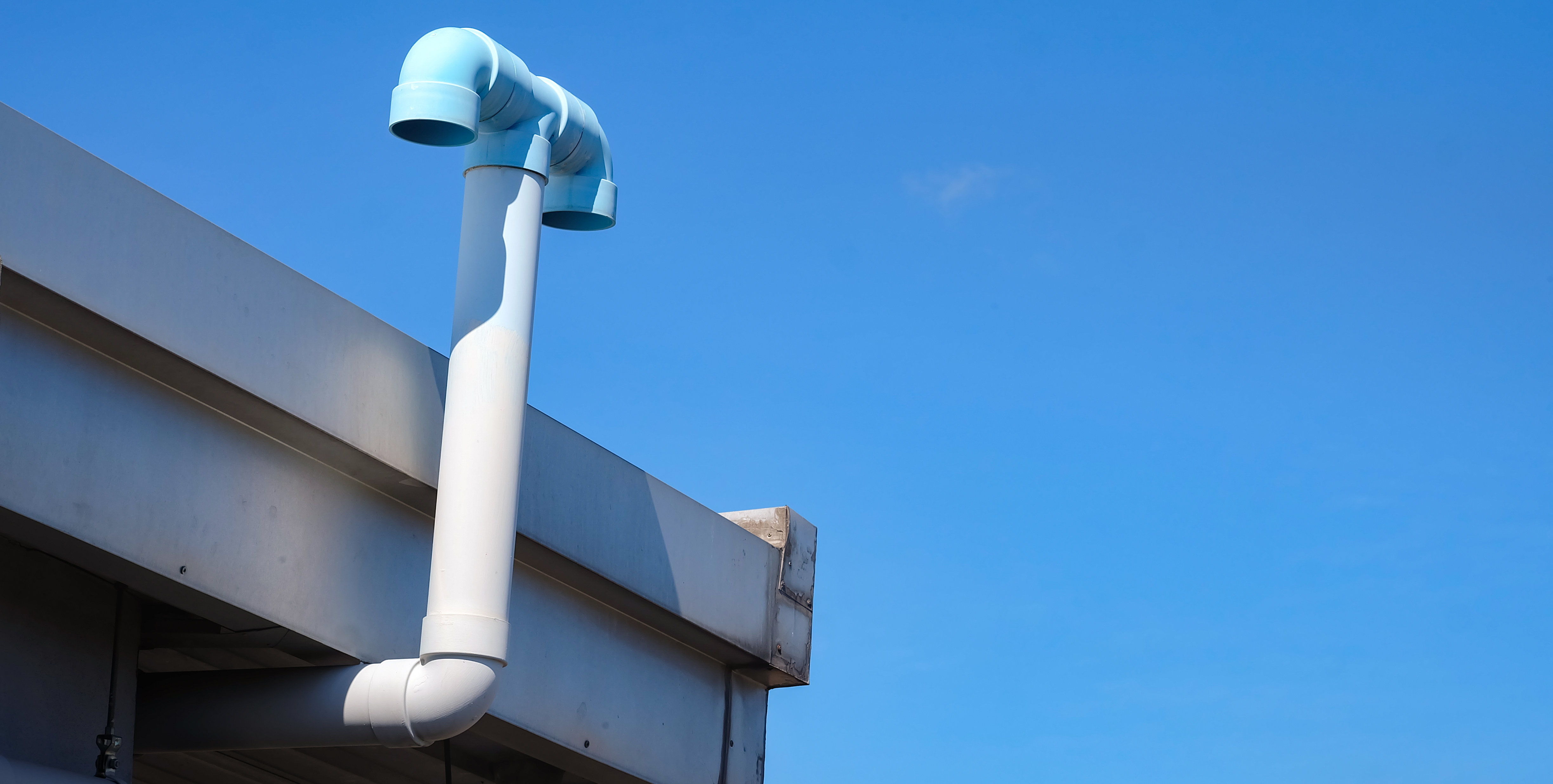Delving into the Basics of Home Plumbing: A Beginner's Tutorial
Delving into the Basics of Home Plumbing: A Beginner's Tutorial
Blog Article
Are you currently in search of additional info on How Does the Plumbing Work in Your Home??

Plumbing is a crucial aspect of any kind of home, in charge of providing clean water for alcohol consumption, cooking, and showering, as well as removing wastewater safely. Comprehending the basics of home plumbing is necessary for every single homeowner to make certain appropriate maintenance, troubleshooting, and, if essential, repairs. In this newbie's overview, we'll cover the basic concepts of home plumbing to aid you come to be a lot more acquainted with how it works.
Water System System
The water supply system brings clean water into your home from a local water resource or a personal well. It contains a primary water line that attaches to your home's plumbing system, normally located underground. A water meter measures the quantity of water eaten, while a shut-off shutoff enables you to control the circulation of water into your home.
Plumbing Components
Plumbing fixtures are tools that supply water to different parts of your home and include sinks, faucets, bathrooms, showers, bath tubs, and devices such as dishwashing machines and washing machines. Each component is linked to the water system by means of pipelines and fittings and might have its shut-off valve for maintenance or emergency situations.
Water Furnace
The water heater is responsible for heating water for residential use, including bathing, cooking, and cleansing. Typical kinds of hot water heater include tank-type hot water heater, tankless (on-demand) water heaters, and heatpump hot water heater. The hot water heater is linked to the supply of water system and provides warm water to plumbing components as needed.
Drainage System
The drain system removes wastewater from your home and carries it away to a sewage therapy center or septic system. It contains a network of pipes, fittings, and components that carry wastewater from plumbing components to the primary sewer line or septic tank. Correct drainage is necessary to protect against obstructions, backups, and sewer leaks.
Air flow System
The ventilation system assists maintain appropriate air pressure and prevent drain gases from entering your home. Vent pipes, also known as air vent stacks, prolong from plumbing fixtures to the roofing system, enabling drain gases to leave securely outdoors. Air flow pipes also permit air to enter the water drainage system, facilitating smooth wastewater flow and protecting against suction or vacuum results.
Typical Plumbing Tools
Having the right tools accessible is necessary for performing basic plumbing repairs and upkeep tasks. Usual plumbing tools consist of adjustable wrenches, monkey wrench, pliers, pipeline cutters, hacksaws, bettors, augers (or drainpipe serpents), and Teflon tape. Having these tools easily available can help you tackle minor plumbing issues effectively.
Basic Plumbing Repair Work
While some plumbing fixings might require specialist help, several typical issues can be addressed with basic do it yourself methods. Knowing how to take care of a leaky tap, unclog a drainpipe, replace a bathroom flapper, or fix a dripping showerhead can save you time and money on plumbing repair services.
Verdict
Comprehending the essentials of home plumbing is important for every single homeowner to preserve a risk-free, practical, and effective plumbing system. By acquainting on your own with the water system system, plumbing components, water drainage system, ventilation system, common plumbing devices, and basic repairs, you can confidently address minor plumbing problems and ensure your home's plumbing system runs efficiently.
Understanding Basics of Home Plumbing System: A Beginner's Guide
The Main Components of Your Home Plumbing System
The Water Supply System
This system is responsible for transporting fresh water into your home. It usually has a main water line that splits into two branches: one directed towards cold water services and the other connected to a water heater for hot water. The pressure is key here; it ensures water reaches all parts of your house.
The Drainage System
Once water has been used, it becomes wastewater that needs to be removed from your home. This is where the drainage system comes into play. It includes all the pipes that carry wastewater and sewage away from your house to sewage treatment facilities or septic tanks.
The Vent System
The vent system prevents sewer gases from entering your home and helps maintain the pressure balance that allows wastewater to flow out properly. These vents usually exit through the roof of your house.
Water Heating System
For those who enjoy hot showers or using hot water for cleaning, the water heater is a crucial part of the plumbing system. It can be a tankless system, which heats water on demand, or a traditional water tank model.
Common Plumbing Problems and Basic Troubleshooting
Plumbing systems, while designed to be durable, can face issues like clogged drains, leaky faucets, or low water pressure. Here are some basic troubleshooting tips:
Clogged Drains
Use a plunger or a plumber's snake to try and dislodge whatever is blocking the drain. Regular cleaning can prevent clogs.
Leaky Faucets
Often caused by worn-out washers or gaskets, these can usually be replaced by someone with basic DIY skills.
Low Water Pressure
This might be due to sediment build-up in your fixtures or a leak somewhere in your water line. Cleaning out aerators or seeking a professional to detect leaks might be necessary.
Preventive Maintenance Tips
Maintaining your plumbing system is key to avoiding emergencies. Regularly check for leaks, avoid disposing of grease down the sink, and have your system inspected by a professional plumber at least once a year.

We hope you enjoyed reading our article on . Thank you for taking a few minutes to browse our short article. If you appreciated our post please remember to share it. We truly appreciate your readership.
Visit My Website Report this page